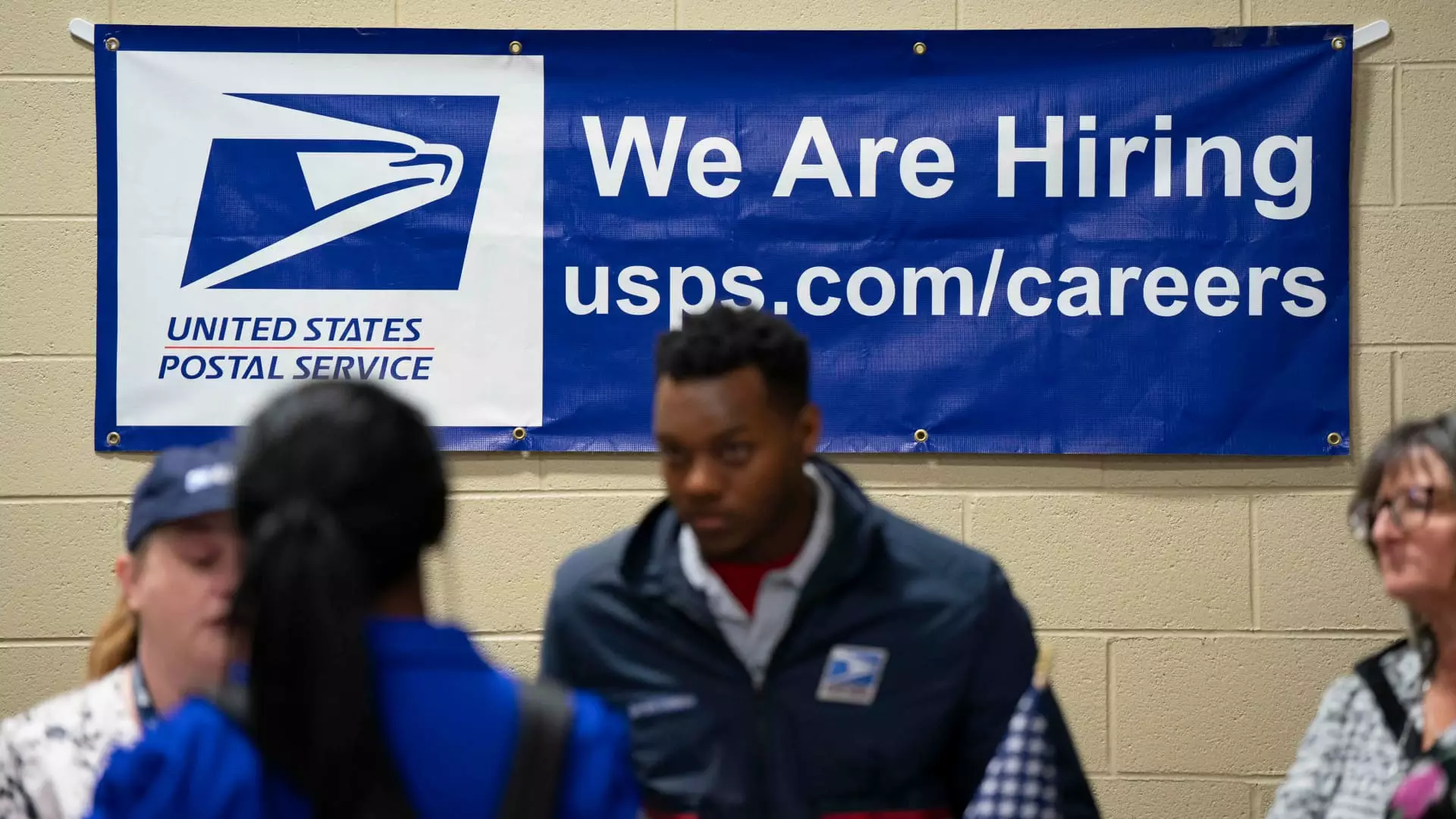In recent weeks, the U.S. labor market has reflected a reality that is both reassuring and unsettling. The latest figures from the Bureau of Labor Statistics tell a story of minimal growth: nonfarm payrolls increased by 139,000 in May, a figure slightly exceeding the expected 125,000 but not as robust as the revised 147,000 jobs created in April. Despite the steady unemployment rate of 4.2%, which suggests job availability, we ought to be cautious about interpreting these numbers as a sign of overall economic health. The seemingly consistent growth could be an illusion, suggesting an uneasy balance in a market that feels the weight of external pressures.
Illusions of Growth
The jobs report for May reveals a workers’ reality that hints at deeper structural issues. While job creation appears steady—thanks especially to health care, which added 62,000 positions—this growth is profoundly concentrated in sectors that often reflect temporary or low-paying roles. Leisure and hospitality, for instance, added 48,000 jobs, which is indicative of positional shifts rather than true economic strength. This kind of employment does not equate to long-term stability or meaningful wage growth, and therein lies the root of unease felt by many Americans navigating economic challenges.
Furthermore, while average hourly earnings rose by 0.4% and are up 3.9% from the previous year, it’s critical to note that these figures alone mask a grim reality—workers’ purchasing power is continually eroded by inflation. A wage increase means little if consumers cannot afford essential goods and services. Still, there is a prevailing sense of optimism among certain analysts, such as Lindsay Rosner from Goldman Sachs, who praises the labor market’s resilience. But there remains a nagging fear—a warning bell that resonates from voices like that of Daniel Zhao, who underscored the volatile nature of the situation, suggesting it may indeed be the calm before the storm.
The Psychological Impact of Economic Headwinds
A significant aspect of the job data is reflected not just in numbers, but in sentiment. The atmosphere among business leaders and consumers grows increasingly clouded by anxiety—much of it stemming from looming tariffs and geopolitical uncertainties. The job market may appear to be standing tall, but the undercurrents threaten to destabilize it further. The psychological impact of tariffs looms large; it creates an environment where companies hesitate to invest, expand, or hire more employees due to fears of escalating costs and decreased consumer spending.
As the Federal Reserve braces for its upcoming policy meeting, the cautious tone from officials reflects a broader apprehension about inflation potentially driven by tariffs. This is a ticking time bomb of sorts, where speculative fears can curtail growth before economic signals even hit the mainstream. The tricky balance between monitoring inflation and fostering job growth will require adept maneuvering from our economic stewards.
Government’s Role in Employment Dynamics
An additional hit to the job market came from government cutbacks evidenced by a loss of 22,000 jobs, a sign that President Trump’s administration aims to slash federal bureaucracy aggressively. Yet, whether this strategy will yield a more efficiently functioning labor market or simply exacerbate job scarcity in public sectors remains to be seen. This “Department of Government Efficiency,” as humorously yet ominously termed under Elon Musk’s direction, represents a significant shift in how government interacts with employment, emphasizing fiscal responsibility at the potential cost of community stability.
This tug-of-war between a leaner government and supportive social policies paints a complex portrait of the future of work. Can we expect the public sector to provide a buffer against economic shocks when it is simultaneously being starved of resources? The reliance on the private sector for job creation feels precarious at best, and while we may tout a low unemployment rate, the quality of jobs is a different story altogether.
While May’s job report may superficially suggest stability, the tensions beneath the surface reveal the fragility of the labor market. With looming economic pressures and fears of inflation intertwined with the palpable anxiety among consumers and businesses, we must confront the reality—what seems to be a thriving job market could be on the brink of turbulence, a daring balancing act played out on the national stage.


Leave a Reply